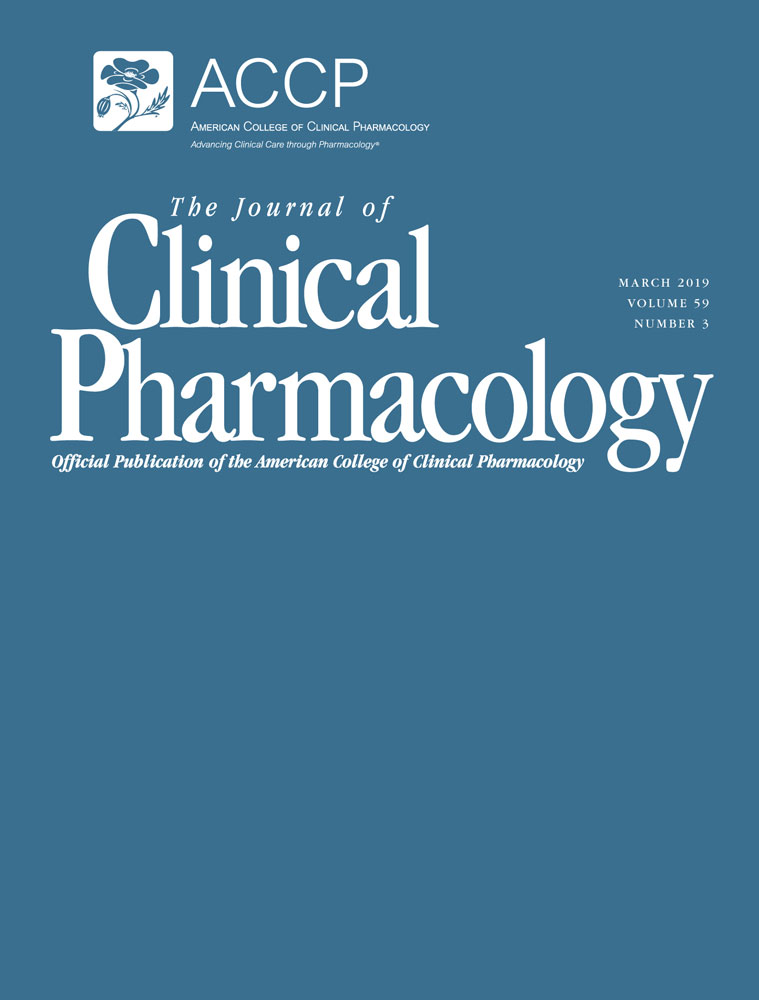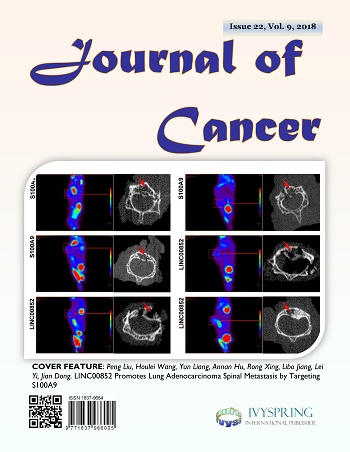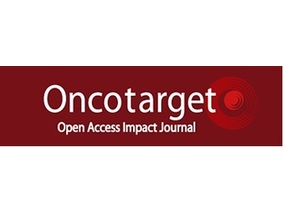
“Epidermolysis bullosa (EB) is a genetic blistering disorder characterized by intense pain related to disease pathology and care‐based interventions.
Opioid‐based therapies underpin pain care in EB; however, they are unable to provide adequate analgesia in a significant proportion of patients.
Cannabinoid‐based medicines (CBMs) have been studied increasingly for pain conditions of various aetiologies and pose as a novel dimension for pain care in EB.
We present three patients with EB who were prescribed pharmaceutical‐grade sublingually administered CBMs comprising tetrahydrocannabinol and cannabidiol.
All three patients reported improved pain scores, reduced pruritus and reduction in overall analgesic drug intake.”
https://www.ncbi.nlm.nih.gov/pubmed/30347109
https://onlinelibrary.wiley.com/doi/full/10.1111/bjd.17341









